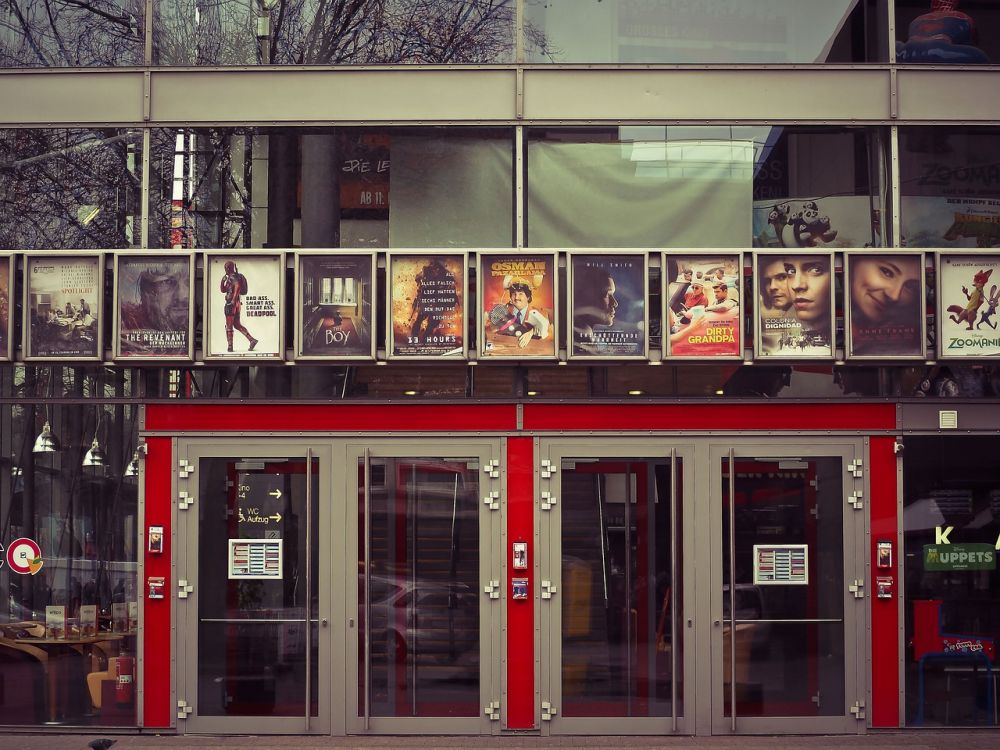Film speed, also known as ISO, is an important concept in photography that determines the sensitivity of a film or image sensor to light

Understanding film speed is crucial for photographers who want to achieve optimal exposure and capture the desired mood and atmosphere in their photographs. In this article, we will dive into the world of film speed, covering its significance, historical development, and practical implications.
What is Film Speed?
Film speed, measured in ISO (International Organization for Standardization) or ASA (American Standards Association), indicates the sensitivity of film to light. The higher the ISO number, the more sensitive the film or image sensor is to light. This allows for faster shutter speeds and better low-light performance. Conversely, lower ISO numbers indicate less sensitivity to light, resulting in slower shutter speeds and less noise in images.
Understanding the significance of film speed is crucial in photography. It ultimately determines the amount of light needed to achieve a proper exposure. A higher film speed is advantageous in low-light situations or when photographing fast-moving subjects, as it allows for faster shutter speeds, reducing the likelihood of motion blur. On the other hand, a lower film speed is preferred in well-lit environments or when photographers desire minimal noise and finer details in their images.
Historical Development of Film Speed

The concept of film speed has evolved significantly over time, reflecting advancements in technology and changing industry standards. In the early days of photography, photographers relied on plates made of glass or metal coated with light-sensitive chemicals. These plates had a fixed sensitivity, and photographers had to work with the available light and exposure times to capture images.
In the early 20th century, flexible film emerged, offering more convenience and flexibility for photographers. Film speed was initially measured with the Scheiner system, which relied on subjective judgment. However, the need for a standardized system became evident in the 1940s when various manufacturers produced films with different sensitivities, making it challenging to achieve consistent results.
To address this issue, the American Standards Association (ASA) introduced a standardized film speed system in 1943. This system quantified film speed based on the sensitivity to light and provided a numerical value for each film. A film with ASA 100 was twice as sensitive to light as ASA 50, and so on.
The ASA system underwent further refinements and became the ISO system in 1974, adopted by the International Organization for Standardization. The ISO system, which is still in use today, expanded the range of film speeds, introduced logarithmic increments, and standardized the values internationally. This allowed photographers worldwide to understand and select film based on its speed, regardless of their geographic location.
Practical Implications of Film Speed
Now that we have covered the significance and historical development of film speed, let’s delve into its practical implications for photographers. Selecting the appropriate film speed is crucial to achieving the desired outcome in a photograph.
High Film Speed (e.g., ISO 800-3200):
– Ideal for low-light situations, such as indoor or night photography.
– Allows for faster shutter speeds, reducing the risk of motion blur.
– More susceptible to image noise and reduced image quality.
– Suitable for capturing fast-moving subjects.
Medium Film Speed (e.g., ISO 200-400):
– Versatile film speed suitable for a wide range of scenarios.
– Balances image quality, sensitivity to light, and noise.
– Preferred for outdoor photography in normal lighting conditions.
Low Film Speed (e.g., ISO 50-100):
– Offers the highest image quality, finest details, and minimal noise.
– Requires ample light and slower shutter speeds.
– Preferred for landscape and studio photography, where lighting conditions can be controlled.
In conclusion, film speed, or ISO, plays a crucial role in photography, determining the sensitivity of film or image sensors to light. Its historical development and standardization have allowed photographers worldwide to understand and select film based on its speed. By choosing the appropriate film speed for different scenarios, photographers can achieve optimal exposure, reduce motion blur, and control image quality effectively.
Remember to experiment with different film speeds to discover your preferences and style as a photographer. Understanding film speed empowers photographers to achieve their creative vision and capture stunning images in various lighting conditions. So, grab your camera and explore the fascinating world of film speed!





